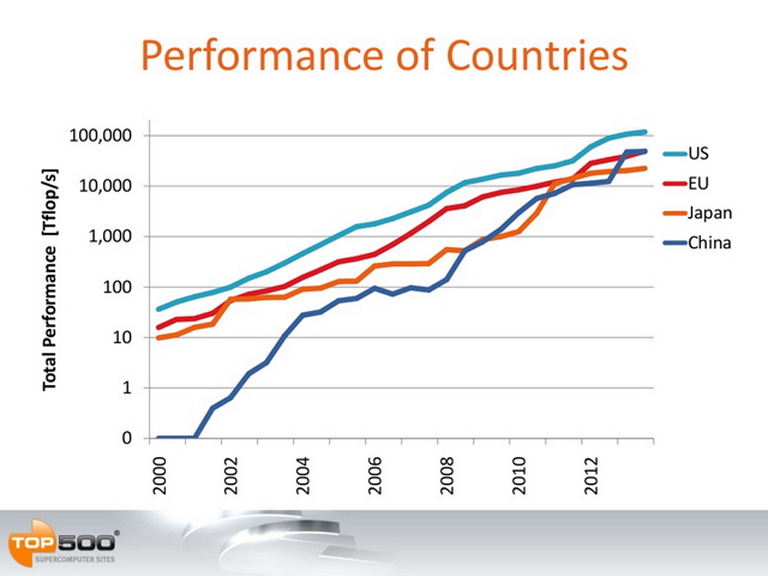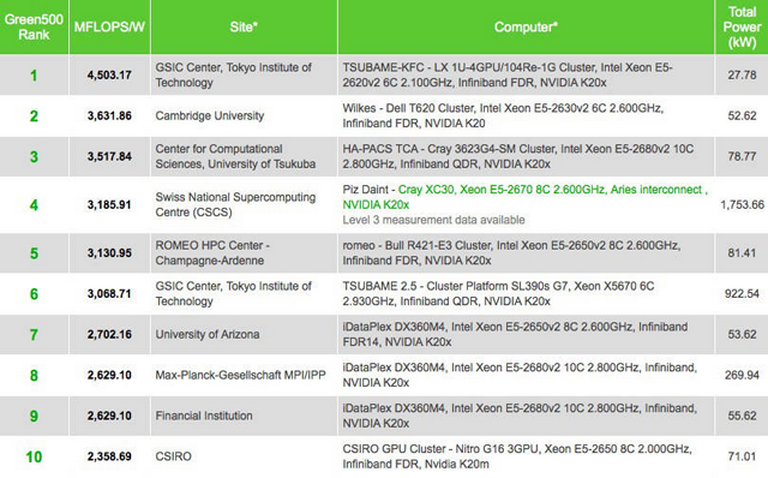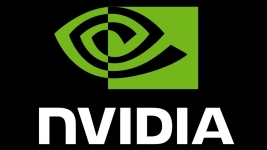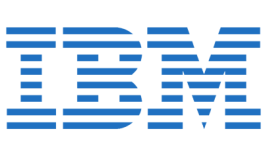Intangible fatality, competition without excitement? The first among global supercomputers this semester is China’s now well-known Tianhe-2 (34 Pflops) again, far – very far – ahead of Titan (18 Pflops), still ORNL’s flagship for now. We noted the surprise entry within the top 10 (#6 to be exact) of Piz Daint, the Cray XC30 system of Switzerland’s CSCS, with a remarkable energy efficiency of 2.6 Gflops / W for its total 5.6 Pflops peak performance. We also noticed that the list now counts 31 petaflops machines (+5), and that the number of clusters using hybrid technologies, 53, has not changed since June: 38 use NVIDIA Tesla GPUs, 13 include the Intel MIC (Xeon Phi) architecture and 2 rely on AMD accelerators. From a geographical standpoint, nothing really new either. The United States is still largely dominating the global HPC landscape with more than half of the listed systems, followed by Asia (115 systems) and Europe (102). In Asia, China alone accounts for 63 entries, two less than in June. In Europe, the United Kingdom, France and Germany claim respectively 23, 22 and 20 of the most powerful systems.
This fall’s Green500, on the other hand, is completely renewed – to the point that it could be seen as a showcase (or at least a proof of concept) for NVIDIA’s accelerators. Six months ago, there were only two Tesla GPU-based clusters in the top 10. Now, there are ten. For comparison, the first twenty machines in the June 2012 listing were IBM BlueGene/Qs. The most energy efficient system to date is called Tsubame-KFC (nothing to do with fried chicken). Installed at the Tokyo Institute of Technology, it reaches 4.5 Gflops per Watt. Following it is Wilkes (University of Cambridge), Europe’s greenest computer with 3.6 Gflops / W. But the interesting point about the new list is definitely the global increase in power among “eco-friendly” supers. Whereas previous rankings showed relatively modest levels of peak performance, the top 10 now includes three petaflops machines. Things are progressing – certainly not as quickly as we’d like – but they are progressing…
© HPC Today 2024 - All rights reserved.
Thank you for reading HPC Today.

































